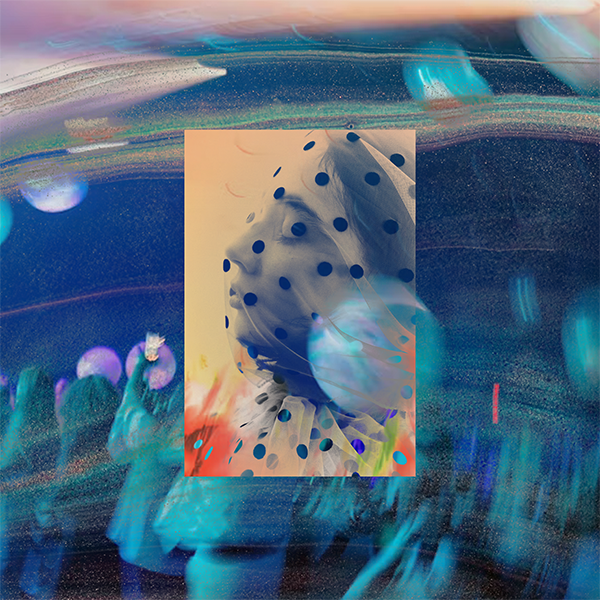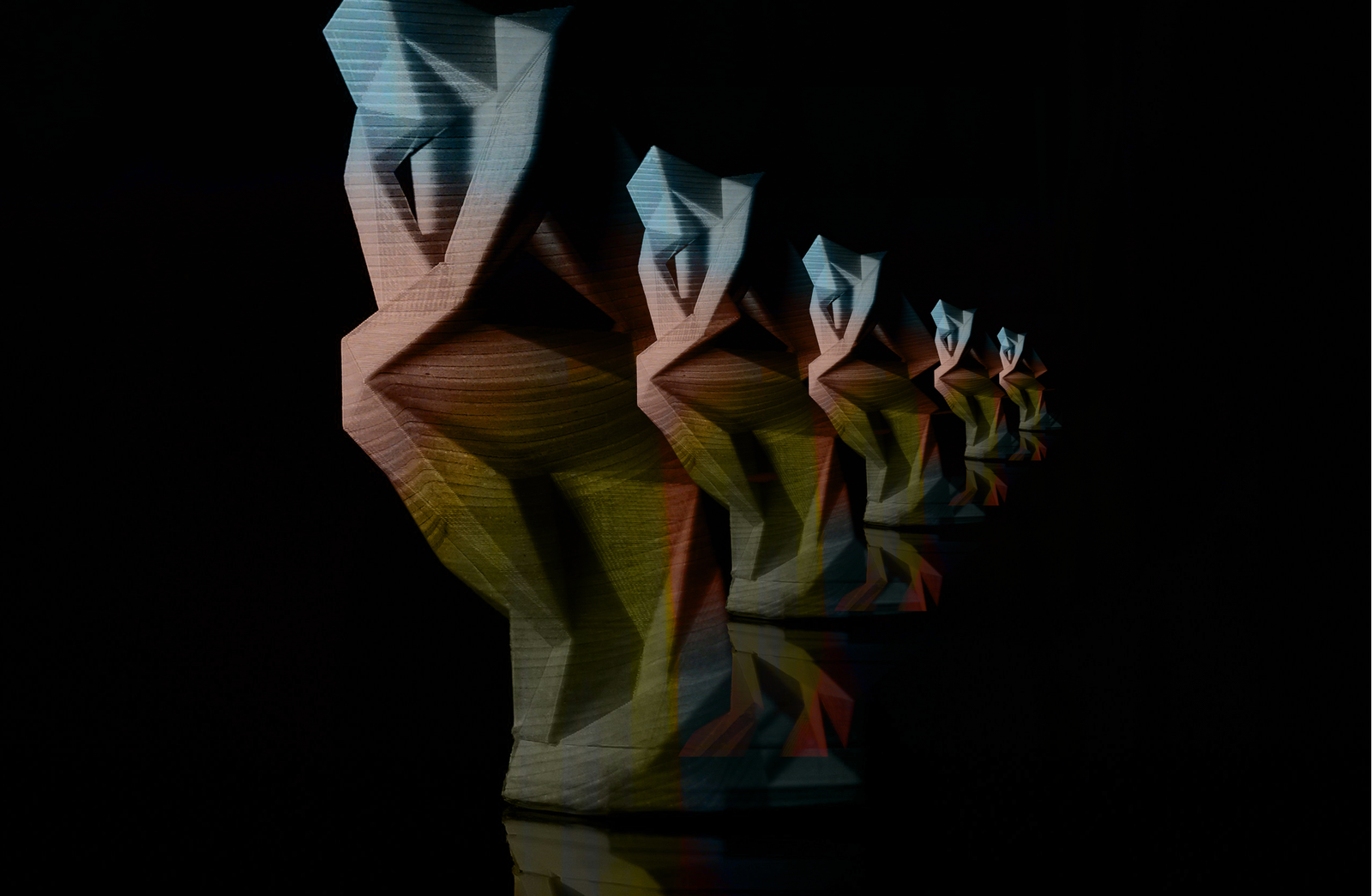Standing in the Middle of the World: A Bicultural Story of Finding Belonging
Once I stood with one foot in each hemisphere.
Some years ago, I traveled to Quito, Ecuador for a work-related trip, and had the opportunity to visit a spot called “La Mitad del Mundo,” which is translated as “the middle of the world.” “La Mitad del Mundo” is a place where you can have one foot in both northern and southern hemispheres at the same time.
Growing up in an immigrant, bicultural household can feel like this, like we’re standing with one foot in one culture, and one foot in another, two entirely disparate worlds.
I grew up as the daughter of Asian Indian immigrants in a small Alabama town. As the eldest, I was the first to navigate living in American culture as a child and teen in our family. My classmates had much more freedom than I did to go out on weekend nights and hang out. In my parents’ culture, kids went home after school, did their homework, and studied hard, and these were the same values that were passed onto me. It was new territory for us all, learning how to live in a new culture and country.
As time went on, we stepped more out of the Indian space and into “American” cultural spaces. We attended a local church and I got involved as a teenager, attending nearly every activity possible for my age group. We were the only people of color in our church. (Please note that while I was growing up, we didn’t even know such terms existed to describe our ethnicity).
When I made a decision to follow Christ at age 13, I realized I was the first Indian Christian I had ever met. I was the first Christian in my family – as a teenager – choosing something brand new, something foreign to my family. We were a Hindu family, not a Christian family. Here we were, a “foreign” family, living in the evangelical south, and here I was, the eldest, adopting a “foreign” religion.
How utterly strange it must have seemed to my parents, something they could never have imagined.
But we were living far away from other Indian folk. Immigrants weren’t flocking to small towns in Alabama in the 1970s. Yet we did. We flew south from the cold winters of South Dakota where we had lived for a few years, as my parents had grown weary of the long snowy winters in the Dakotas.
///
I’ve been reflecting recently on what being a Christian as an Asian American, or Indian American, has been like. When I lived in the south, I was immersed in that world and in a predominant Southern Evangelical denomination. Once when I was a teenager, I traveled with my youth group to a huge convention of teen girls in Fort Worth, Texas. I was surrounded by a sea of white faces. But that was the only thing I had known, so I thought this is the way it is. Being a Christian as an Asian Indian was such an anomaly – especially as a newly converted one.
When I was growing up, I visited an Indian church in Chicago. I was wearing American clothes, and other women were dressed in their traditional saris and Indian clothes. People were speaking to each other in Indian dialects that I didn’t know. I didn’t quite fit. My church experience growing up was participating in a white, Southern church. We had American flags at church and celebrated the 4th of July.
///
I once visited a place in Quito, Ecuador called 'La Mitad del Mundo,' where you can stand in both hemispheres at once. Growing up in an immigrant, bicultural household can feel like this, like we have one foot in two worlds. Share on X
Now I live in Wisconsin, and some years ago when my kids were small, we visited a church that was in a far northern suburb of Milwaukee, in southeastern Wisconsin. After walking in, it seemed to me everyone had blond hair. All I can remember is blond hair, all around me. There was no mistaking who was visiting that day! We were largely ignored, and I have not gone back. I had to attend a wedding there a few years later, and while there, I remembered why I didn’t want to go back.
I hesitate to share these kinds of stories because of the reactions I get, which are full of compassion and heartbreak. People feel sad. And truly, I don’t want folks feeling sad for me. I don’t feel sad for myself. But I do think it’s important to share the truth, no matter how hard it may be to hear.
In the U.S., most Indians are Hindus. When other Indians I’ve met learned I was Christian, I was not accepted. People were skeptical or didn’t want to associate with me. So I felt a stigma attached to being Christian in the Indian community.
Growing up, I didn’t know what it meant to be truly “Indian.” All I knew was “American,” and really, it was “immigrant American,” because I was in the middle of two cultures and two religions. In reality, I lived a “white” American experience.
I didn’t know until years later that there is a state in India, Kerala, that is roughly 18% Christian. Most Christians in India come from this state, where many believe the apostle Thomas visited in AD 52. The rest of the country, though, is predominantly Hindu, with a large percentage of Sikhs in Punjab, which happens to be the state my family comes from.
When I grew older, the sense of not belonging was so strong that I wanted to live in a more diverse area, or at least find others who looked more like me. The only place I knew Indians would congregate would be a Hindu temple. So I considered attending, to be around other people like me, and to find a sense of community. I was seeking acceptance and belonging. I wanted to feel like I fit somewhere, like I belonged somewhere.
My sense of not belonging was both outward and inward. Outwardly, there were some who clearly saw me as someone they couldn’t have community with. Inwardly, I also had some internal work to do – to feel welcome in my own skin, to accept my ethnicity – something I had wanted to reject for much of my life. A sense of belonging cuts both ways, I have found.
Growing up, I didn’t know what it meant to be 'Indian.' All I knew was 'American,' and really, 'immigrant American,' because I was in the middle of two cultures and religions. In reality, I lived a 'white' American experience. (1/2) Share on X
My sense of not belonging was both outward and inward. Outwardly, there were some who clearly saw me as someone they couldn’t have community with. Inwardly, I also had some internal work to do. (2/3) Share on X
I needed to feel welcome in my own skin, to accept my ethnicity – something I had wanted to reject for much of my life. A sense of belonging cuts both ways, I have found. (3/3) Share on X
As Christians, we are standing in a middle space, as we are essentially people of exile, living in an in-between place and in an in-between time, between life and death, between the resurrection and the return of Christ, at the intersection of time that is both kairos and chronos. We experience living in exile on multiple levels, in a physical sense and in a spiritual sense.
I wonder if living in exile is really the major part of our existence, and if it’s an essential path to our journey home, and ultimately, to belonging in God itself. Our seasons in exile and wilderness, while excruciating, disorienting, and challenging, are also places we find God. We find truthful answers as we learn both about God and ourselves in these places. Maybe exile is the real path to belonging – or at least an essential component of it – instead of an anomaly.
Exile is what taught me about belonging.
Our loneliness, and ethnic loneliness in particular, is a sign that something is amiss, that something is broken. When we recognize something is broken, and then name it, we can move toward healing and repair. Our places of marginalization are where we learn about the importance and value of community and of belonging. Exile and loneliness are calls to awaken us to the need to belong to each other. In the Westernized, individualized society that makes up a majority of the U.S., with our values of individualism and the “self-made” success story, where we emphasize teaching an individualized gospel message – we need to learn how to belong to each other all over again.
Being bicultural means that we have a unique perspective. We can see a situation in a new or fresh way and offer a vantage point that no one else sees. Occupying this unique space ‘in-between two worlds’ enables us to see different sides of an issue. It doesn’t mean that I have to give up essential parts of myself, but that I can integrate these and allow God to use me in a new way. I can allow the mind of Christ to offer me a renewed vision of reality, one that expands my view and challenges me to put aside my own personal assumptions or biases, one that helps me to better love my neighbor, especially the neighbor who is different from myself.
As Christians, we are standing in a middle space as people of exile, between life and death, between the resurrection and the return of Christ, at the intersection of time that is both kairos and chronos. (1/4) Share on X
We experience living in exile on both physically and spiritually. I wonder if living in exile is really the major part of our existence, and if it’s an essential path to our journey home, and ultimately, to belonging in God. (2/4) Share on X
Our seasons in exile and wilderness, while excruciating, disorienting, and challenging, are also places we find God. We find truthful answers as we learn both about God and ourselves in these places. (3/4) Share on X
Maybe exile is the real path to belonging – or at least an essential component of it – instead of an anomaly. (4/4) Share on X
One thing I have learned is that when I show up with both my Indianness and my Americanness, I encounter many others who are interested and are appreciative of it. For so long I was hiding the Indian part of my identity, but people respond to the truth of who we are. This means that others genuinely appreciate my background, my heritage, and my religious roots, including the beliefs my parents and relatives continue to have. My posture is one of learning, where I want to learn from others, and love people where they – and we – actually are. There is so much that I don’t know, and there is wisdom from my elders and ancestors that I didn’t have the privilege of learning from at an earlier stage in my journey.
I am still learning while navigating this journey. I don’t even have much of it figured out, and ten or fifteen years from now, I can’t imagine what I might say as I ponder this question. But my hope and prayer is that I continue to grow in wisdom and grace – grace for others and for myself as I continue to deepen my understanding of what it means to love my neighbor.
Standing in this space with one foot here and one foot there is a gift. Having one foot in two cultures isn’t a hindrance to my faith; it helps me to see others in a new way, and to see God in a fresh way that I wouldn’t otherwise have seen. It expands my view of God to one who loves creation and delights in multiple ethnicities, all of which came out of God’s creative mind, after all. It helps me to envision how our diversity in culture and ethnicity are gifts to learn from one another, instead of pointing to a need to erase or change.
///
*Editorial Note: Each year, May is designated as Asian American, Native Hawaiian, and Pacific Islander (AANHPI) heritage month in America. Our colleagues at the Asian American Christian Collaborative have a slew of incredible resources and opportunities to learn more. ~CK
Standing in this space with one foot here and one foot there is a gift. Having one foot in two cultures isn’t a hindrance to my faith; it helps me to see God and others in fresh ways I wouldn’t otherwise have seen. Share on X



